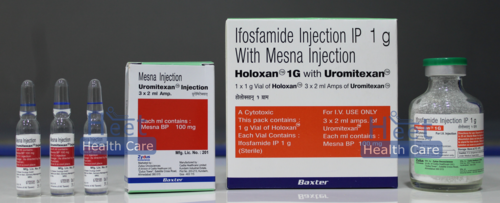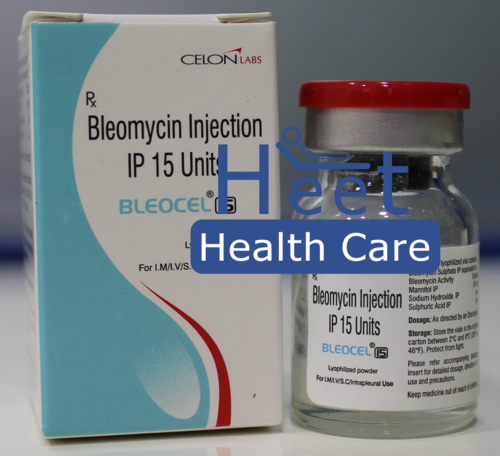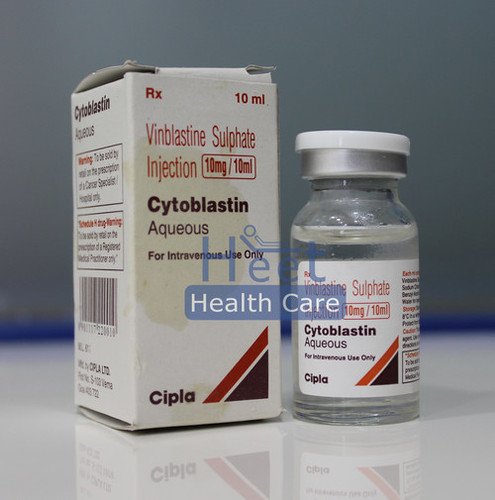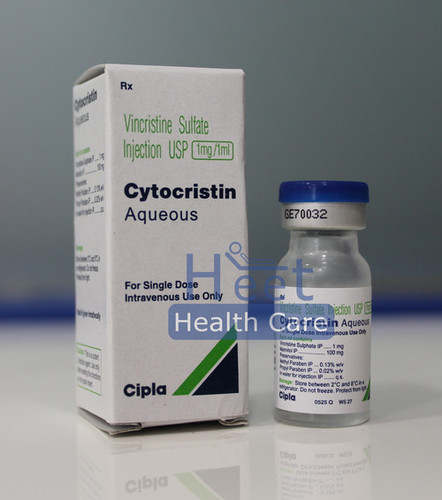Bionase Asparaginase 5000IU
Price 1200 INR/ Box
Bionase Asparaginase 5000IU Specification
- Dosage Form
- As Per Suggestion
- Origin
- India
- Feature
- Other
- Ingredients
- Other
- Application
- Other
- Storage Instructions
- Cool & Dry Place
- Shelf Life
- 2 Years
Bionase Asparaginase 5000IU Trade Information
- Minimum Order Quantity
- 1 Box
- FOB Port
- Delhi, Mumbai
- Payment Terms
- Letter of Credit (L/C), Letter of Credit at Sight (Sight L/C), Paypal, Western Union, Telegraphic Transfer (T/T), Cash in Advance (CID), Cheque, Cash Advance (CA)
- Supply Ability
- 10000 Boxes Per Month
- Delivery Time
- 7 Days
- Packaging Details
- Per Box 1 vial
- Main Export Market(s)
- Australia, North America, Eastern Europe, Africa, Western Europe, Central America, Middle East, South America, Asia
- Main Domestic Market
- All India
About Bionase Asparaginase 5000IU
Asparaginase, the active ingredient in Bionase Asparaginase, has a strength of 5000IU. An enzyme called asparaginase is used to treat some cancers, most notably acute lymphoblastic leukaemia (ALL). It functions by dissolving asparagine, an amino acid that some cancer cells require for development. Asparaginase aids in the inhibition of cancer cell proliferation and induction of cell death by lowering asparagine levels. The use of Bionase Asparaginase in combination chemotherapy regimens for ALL aids in achieving remission and enhances therapeutic results. To manage any side effects and guarantee the best possible response to therapy, regular medical monitoring is crucial. Use of Bionase Asparaginase should be supervised by a licenced healthcare provider.
Characteristics and Advantages of Bionase Asparaginase 5000IU:
Features:
1. Bionase's active ingredient Asparaginase, an enzyme used in the treatment of cancer, is the active component of asparagusase.
2. Specifically impacting cancer cells that need the amino acid asparagine to grow, asparaginase is a form of targeted therapy.Treatment for Acute Lymphoblastic Leukaemia (ALL): Acute lymphoblastic leukaemia (ALL) is a kind of blood cancer that is often treated with Bionase Asparaginase.
3. Enzyme Replacement: The body's levels of asparagine-cleaving enzymes may be low or absent in some cancer patients. These enzymes can be replenished using Bionase Asparaginase.
4. Asparaginase is frequently used in conjunction with other chemotherapy medications to increase treatment efficacy.
5. Intramuscular Injection: An intramuscular injection is used to give Bionase Asparaginase.
Benefits:
1. Bionase Asparaginase is essential for generating remission, a state in which the number of cancer cells drops or they are no longer identifiable.
2. Slowed Cancer Progression: Asparaginase inhibits the development and division of cancer cells by lowering asparagine levels.
3. Improved Overall Survival: Treatment with Bionase Asparaginase has been demonstrated to increase overall survival rates in ALL patients.
4. Combination Therapy Synergy: Bionase Asparaginase increases the overall efficacy of cancer treatment when taken in conjunction with other chemotherapy drugs.
5. Reduced Relapse Risk: In ALL patients, asparaginase-containing regimens have been linked to a decreased relapse rate.
6. Potential for Curative purpose: Bionase Asparaginase is a crucial part of chemotherapy regimens containing multiple agents that are intended to treat ALL with a curative purpose.
It is essential to note that Bionase Asparaginase 5000IU should be used under the guidance of a qualified healthcare professional experienced in cancer treatment. Patients should discuss potential side effects and benefits with their healthcare provider before starting treatment. Regular medical monitoring is crucial to manage potential side effects and ensure the best possible outcomes. Patients should be closely monitored and provided with supportive care to manage side effects and optimize treatment effectiveness.
Bionase Asparaginase 5000IU uses include:
1. Acute lymphoblastic leukaemia (ALL), a kind of blood cancer, is typically treated with bionase asparaginase. In especially for paediatric patients and some adult populations, it is a crucial aspect of combination chemotherapy regimens for ALL.
2. The active component of Bionase, asparaginase, functions by destroying asparagine, an amino acid that some cancer cells require for development. Asparaginase helps cause cell death and suppress cancer cell proliferation by lowering asparagine levels, which aids in the induction of remission and improves treatment outcomes in ALL.
Bionase Asparaginase 5000IU side effects:
Bionase Asparaginase might have negative effects, much like all other drugs. Typical negative consequences could be:
- Nausea and Vomiting
- Diarrhea or Constipation
- Abdominal Pain
- Fever
- Allergic Reactions
- Blood Clotting Disorders (rare)
- Liver Toxicity (rare)
- Pancreatitis (rare)
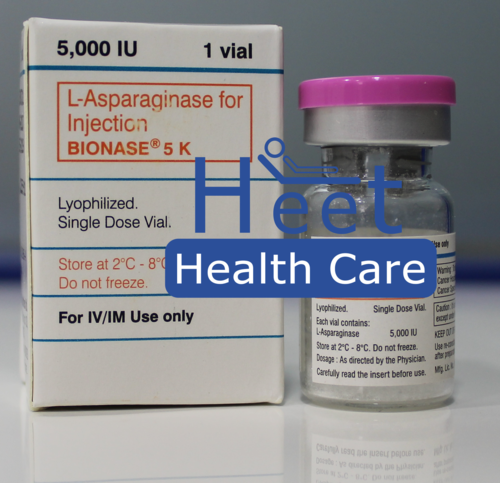

Price:
- 50
- 100
- 200
- 250
- 500
- 1000+
More Products in Anti Cancer Injection Category
Holoxan Ifosfamide 1 gm Mesna Uromitexan
Price 500 INR / Box
Minimum Order Quantity : 1 Bottle
Shelf Life : 2 Years
Drug Type : Specific Drug
Application : Other
Ingredients : Other
Bleocel Bleomycin 15IU Injection
Price 350 INR / Box
Minimum Order Quantity : 1 Box
Shelf Life : 2 Years
Drug Type : Generic Drugs
Application : Other
Ingredients : Other
Cytoblastin Vinblastine Sulphate 10mg/10ml
Price 250 INR / Box
Minimum Order Quantity : 1 Box
Shelf Life : 2 Years
Drug Type : Specific Drug
Application : Other
Ingredients : Other
Cytocristin Vincristine Sulphate 1mg/1ml
Price 170 INR / Box
Minimum Order Quantity : 1 Piece
Shelf Life : 2 Years
Drug Type : Specific Drug
Application : Other
Ingredients : Other
 |
HEET HEALTHCARE PVT. LTD.
All Rights Reserved.(Terms of Use) Developed and Managed by Infocom Network Private Limited. |

 Send Inquiry
Send Inquiry English
English Spanish
Spanish French
French German
German Italian
Italian Chinese (Simplified)
Chinese (Simplified) Japanese
Japanese Korean
Korean Arabic
Arabic Portuguese
Portuguese Send Inquiry
Send Inquiry
